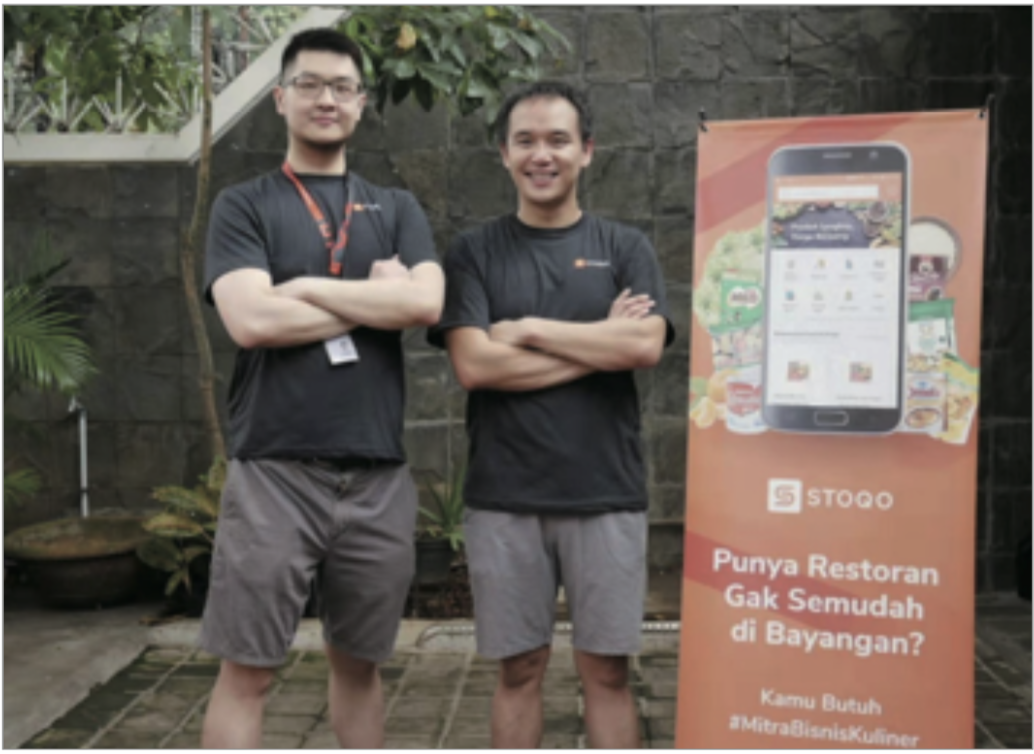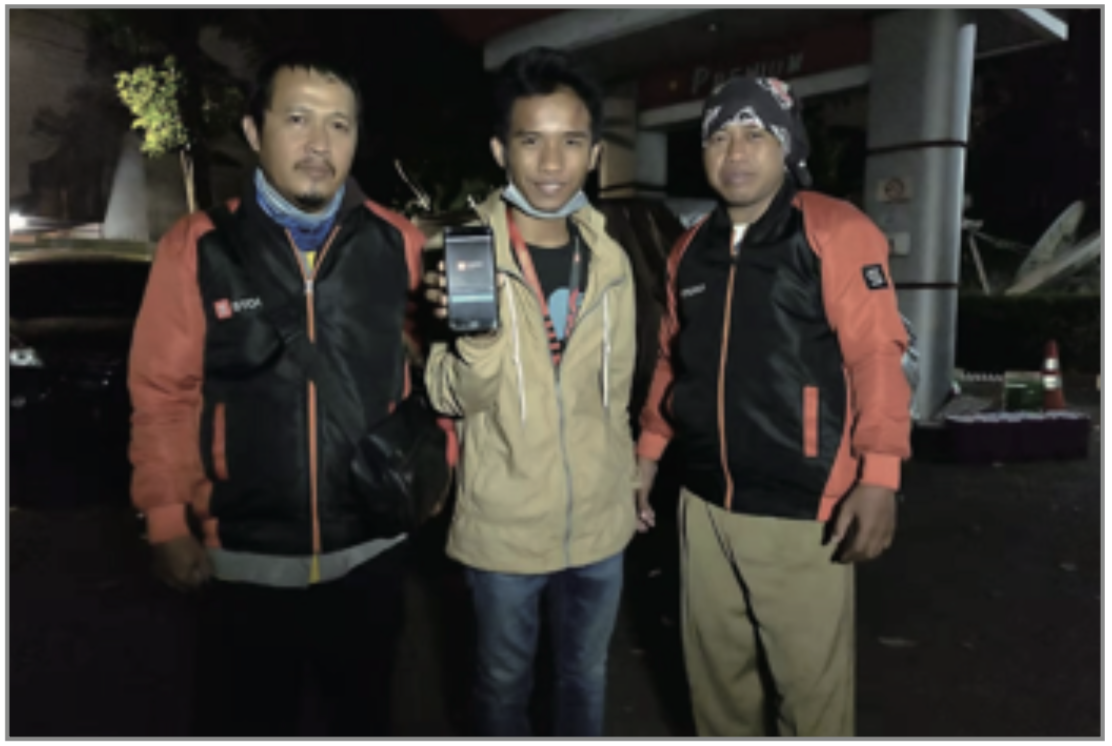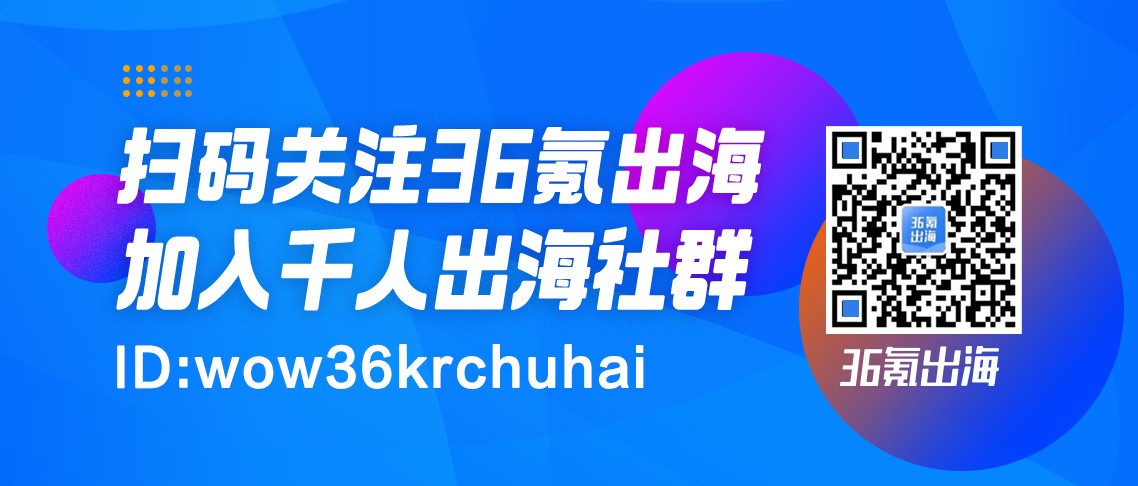Companies that can bring significant benefits to traditional low-tech industries by establishing digital systems are reaping benefits by optimizing industry operating models.
Editor’s note: This article is taken “practical operation guide business in Southeast Asia,” Chupin: it real Fund (ZhenFund), a joint Chupin: Golden Gate Ventures, author: Aswin Andrison ( STOQO co-founder and CEO ) .
Everyone has their favorite local restaurant. In Jakarta, the capital of Indonesia, there are hawkers on the streets, and people go to stalls or “warungs” where beef balls, fried rice and satay chicken skewers are sold.
As customers, we are most concerned about the quality of the food we sell, and often forget that managing a stall is very difficult. Stalls work day and night, while trying to maintain sufficient cash flow. They also face another challenge: how to source high-quality ingredients at a reasonable price, a problem that is particularly apparent in developing economies such as Indonesia. Unprocessed ingredients may account for 50% of the cost of the stall.
The difficulty of sourcing ingredients is harder than many street vendor owners expected. Their day starts at 3 or 4 in the morning, they go to at least one market to buy, bargain with multiple suppliers, and then ship the ingredients back to the store. After all this is done, the day of cooking has just begun.
Technology is the secret seasoning
At first glance, this seems to be a low-tech issue and does not require any high-tech solutions. However, with the germination of technology-driven logistics, the food industry is slowly transforming.
With the rise of takeaway apps like Go-Food, most people see this transformation in the B2C space. In the B2B arena, transitions are also happening-especially in China and India. Start-ups that combine food logistics and e-commerce have attracted a lot of investment. The investment targets include Meicai.com, Kuailu, and NinjaCart.
This is where STOQO is. STOQO was founded 2 years ago, and the company originally delivered rice to users via WhatsApp. Today, STOQO integrates orders from thousands of street vendors through a reliable and efficient technology-based supply chain network, and helps farmers, suppliers and distributors directly connect with customers.
As a technology-driven food supply chain technology company, STOQO has solved the problems of unequal bargaining power between small food vendors and their suppliers and multi-tier middlemen’s price increases. Individual traders have weak bargaining power and must accept the price given by the market. At the same time, there are many ingredients in the food distribution chainTier middlemen’s price increases have weakened the profit margins of terminal merchants. Aiming at these problems, STOQO can help small food vendors to obtain more favorable prices through bulk purchasing by source farmers and terminal logistics distribution.
STOQO has also changed the daily itinerary of vendors. In the past, vendors had to go to the wholesale market to purchase ingredients by themselves, but now they can easily purchase through the app, and then STOQO is responsible for home delivery. This means that vendors and stallholders can focus on activities other than sourcing ingredients in the early morning.

“warung” stalls order food raw materials via STOQO app

STOQO co-founders: CTO-Angky William and CEO-Aswin Andrison
At the other end of the supply chain, farmers can also benefit from a streamlined process of selling agricultural products—including better pricing, faster payments, and secure and convenient logistics with the removal of middlemen.
STOQO is built by first-class engineers who work closely with thousands of passionate “frontline” people to solve long-term problems faced by traders and farmers. By constructing local warehousing and optimizing all aspects of the supply chain, STOQO achieves rapid distribution from farmers to customers without the need for a cold chain. The turnaround time is usually within 24 hours.
Digital Opportunities in Indonesia
Even in developing countries where logistics networks are not fully optimized, business models like STOQOThe formula also works.
However, Indonesia has some unique characteristics.
Indonesia is a country with a large population, and successful mobile applications can benefit from scale advantages. With 264 million people, Indonesia is the fourth most populous country in the world. At the same time, it is also a country with a high Internet penetration rate-171 million people online in 2018, accounting for 64.8% of the total population1. Most users are young people who have bypassed desktop computers and entered the mobile ecosystem, with smartphones being the most important way to go online.
Today, Indonesia’s economy has developed rapidly to an inflection point, and the digital economy may usher in explosive development. In 2018, Indonesia’s per capita GDP was US $ 3,800, which is similar to China’s level in 2009, when Chinese technology companies grew exponentially, and some of them have grown into the world’s largest companies.
Jakarta is expected to become one of the largest metropolises in the world by 20302. For cities with a population of 35 million and above, even with a very efficient market, food logistics and distribution is a big challenge. At the same time, Jakarta is also one of the busiest cities in the world. A 25-mile drive from Bogor to the city center can take up to 2 hours. In addition, there are many unnecessary extra layers in the current food supply chain, and middlemen at all levels share most of the profits in the food distribution process.
Higher procurement costs have significantly increased the cost of ingredients. For example, Indonesian rice is more than twice the global average3; meat and vegetables are also more expensive. One of the main reasons for this is the low efficiency of the food supply chain, but this is not surprising when you consider the size of the Indonesian market.
Invest in B2B food logistics industry in Indonesia
So, why should investors care about how Indonesian traders buy ingredients? This is a more common problem. The main reason is that optimizing the food supply chain can have huge economic effects.
At present, food prices in Indonesia are relatively expensive relative to the average income of residents, which makes food one of the biggest expenses for people, accounting for 40%.
A study in 2015 found that there are hundreds of thousands of street stalls in Jakarta alone, and there are millions of food stores across Indonesia.
One of the main reasons for the popularity of food vendors is that Indonesians like to eat out. As a major social event, most people choose to eat at a stall. In the long run, benefiting from a technology-driven food supply chain, street vendors will be able to transfer some of their profits to consumers and increase their spending power.
We also see that in this society where mobile Internet is prevalent, food vendors are upgrading their businesses through online services. They use consumer apps to buy daily useA must-have, and now they also use mobile apps to source the ingredients they need. Vendor operators choose the right time to distribute fresh ingredients to catch up with early morning business arrangements. STOQO plays an important role in this, ensuring that vendors are delivered with reasonable prices every morning.
Indonesia is in the era of technological leaps. For those vendors who do not fully understand these platforms, when they experience the higher quality, efficiency and reliability of the platform and can optimize their business, The opportunity to become a digital supporter.

A STOQO engineer builds technology based on the driver ’s opinion
Digital opportunities are also affecting traditional industries. Companies that can bring significant benefits to traditional low-tech industries by establishing digital systems are reaping benefits by optimizing industry operating models. This is especially true today, as we see increasing GDP, an increasing middle-class population, and Internet and mobile-first populations converging.
In summary, Indonesia is at the forefront of the logistics revolution, just like China 10 years ago. The food industry is one of the major beneficiaries-technology-driven logistics systems will disrupt the traditional business model of businesses and daily consumers and provide a large wave of investment opportunities.
Edit | Yun 晞 @ 出海
Picture | Visual China

